The Powerhouse museum in Parramatta shows off its expressive exoskeleton
The new Powerhouse museum headquarters by Moreau Kusunoki begins to take shape in Sydney’s Parramatta, in Australia; we take a tour of the building site
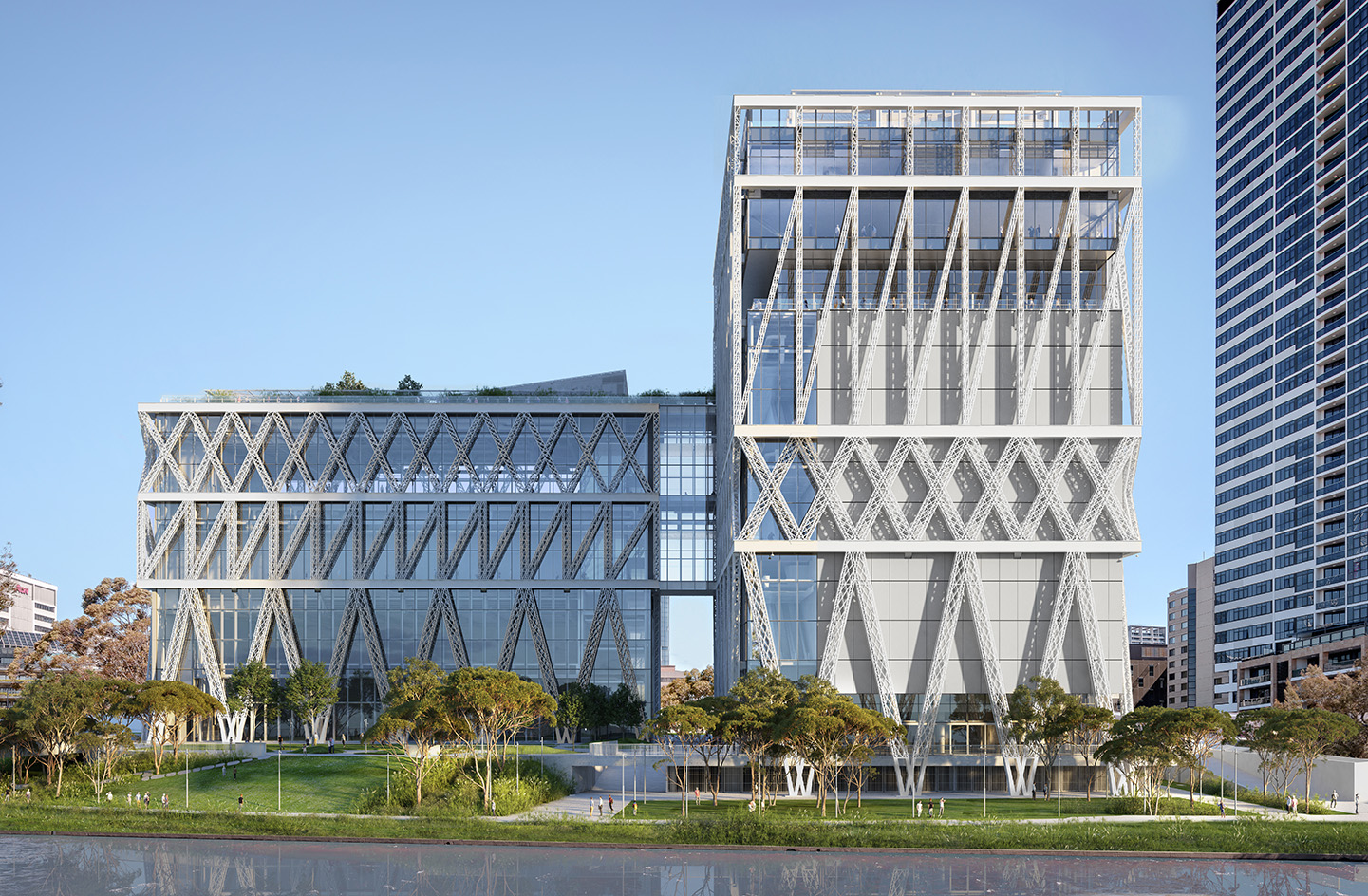
The new Powerhouse museum's headquarters in Parramatta, Sydney, have been taking shape – the building's bold, metal façade grid slowly coming off the ground to a design by Franco-Japanese architects Moreau Kusunoki, with Australian architects Genton. The team is hoping this will be a key cultural space for its immediate neighbourhood – forming part of a bustling future Central Business District – as well as for the region's communities, and the country as a whole.
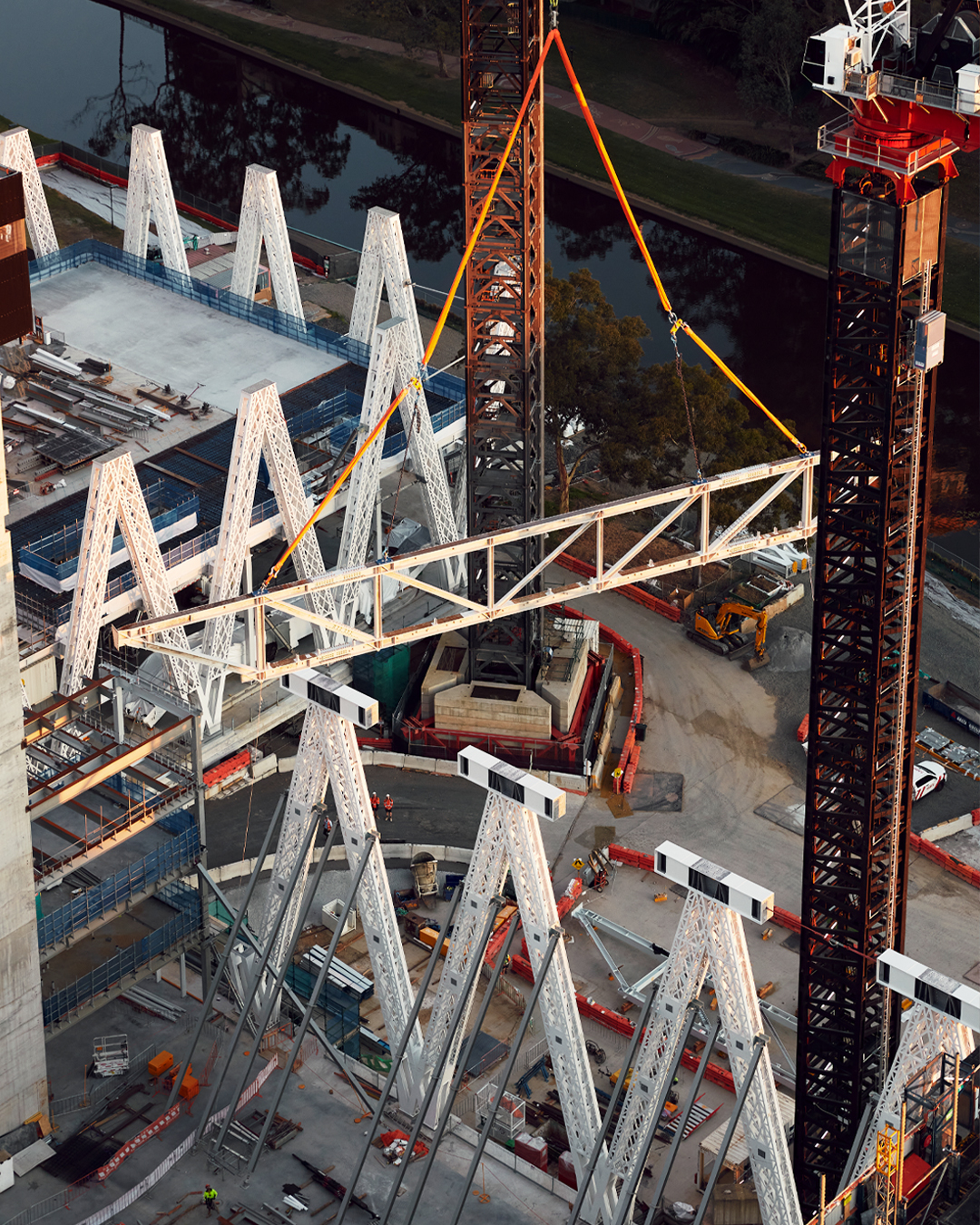
Moreau Kusunoki, whose work includes the recent residential timber tower in Paris, took its signature sensitive yet bold approach here too – crafting an eye-catching but sustainability-led design for Australia's leading cultural institution.
Powerhouse museum in Parramatta: watch the film
The scheme is defined by its steel exoskeleton grid – made of sustainable, recycled material. The white steel latticing plays a dual role – both an aesthetic one, forming the building's visual identity, and a structural one, as its main framework. It is being realised with the help of the expertise of Arup engineer Kengo Takamatsu.
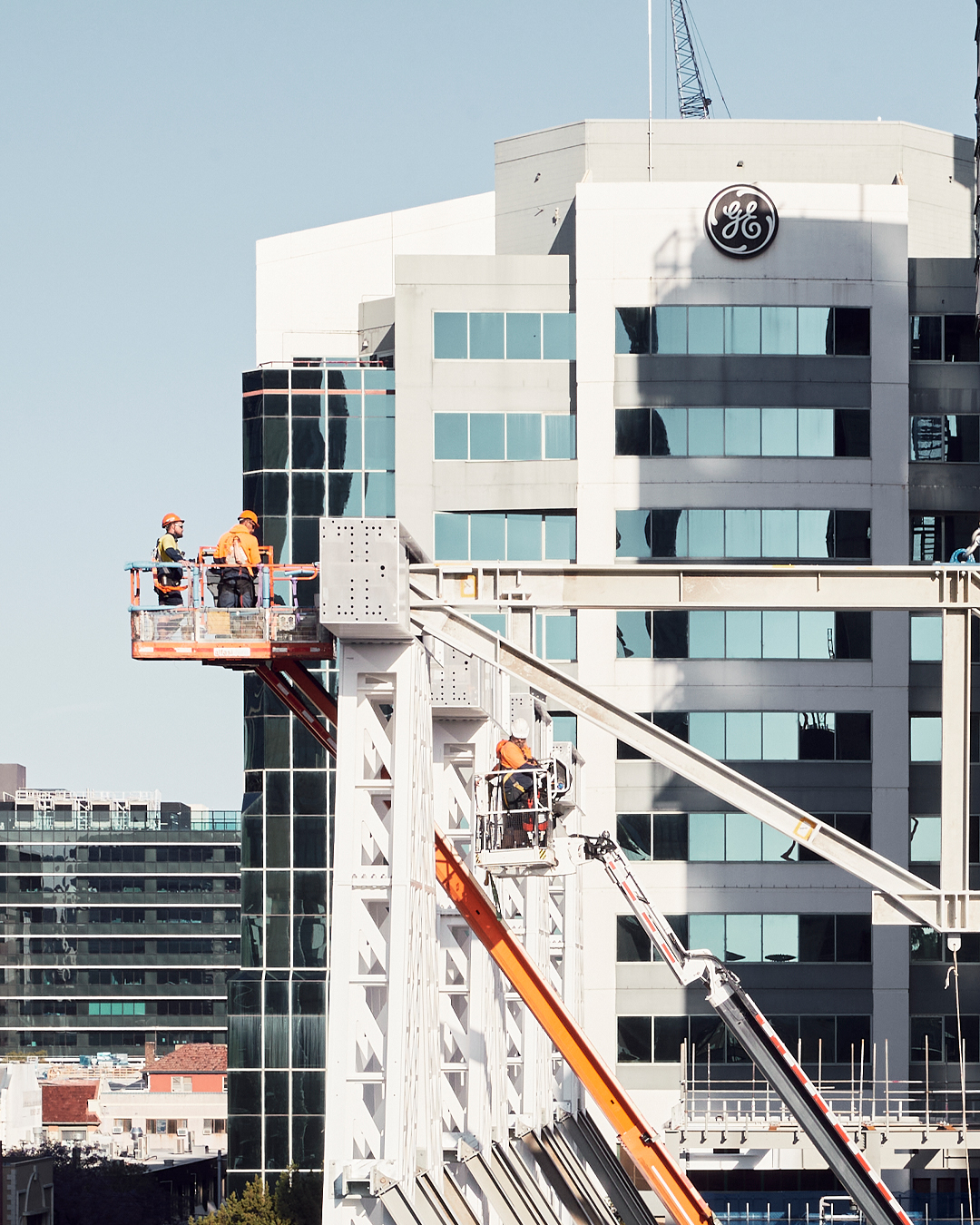
Moreau Kusunoki’s architectural statement articulates: 'The lattice design that we refer to as the exoskeleton emerged out of our discussions with the distinguished Tokyo University professor of engineering, Jun Sato.'
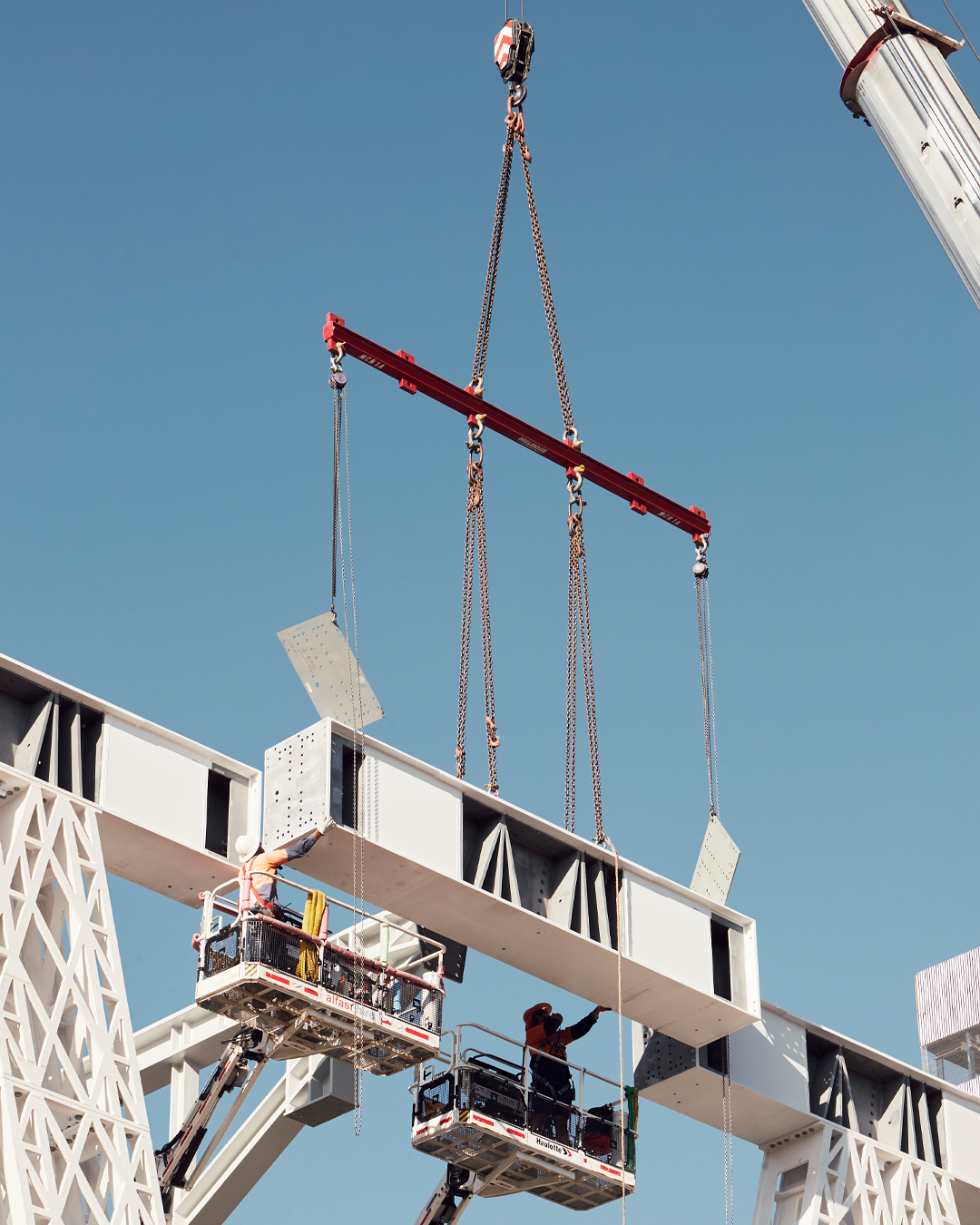
'The geometry of this lattice structure greatly reduces the amount of material needed to support the building’s physical load, as well as lightening the material presence of the steel. The design highlights the porous relationship with the surrounding neighbourhood. It also serves as a means of keeping the building’s elements at a human scale.'
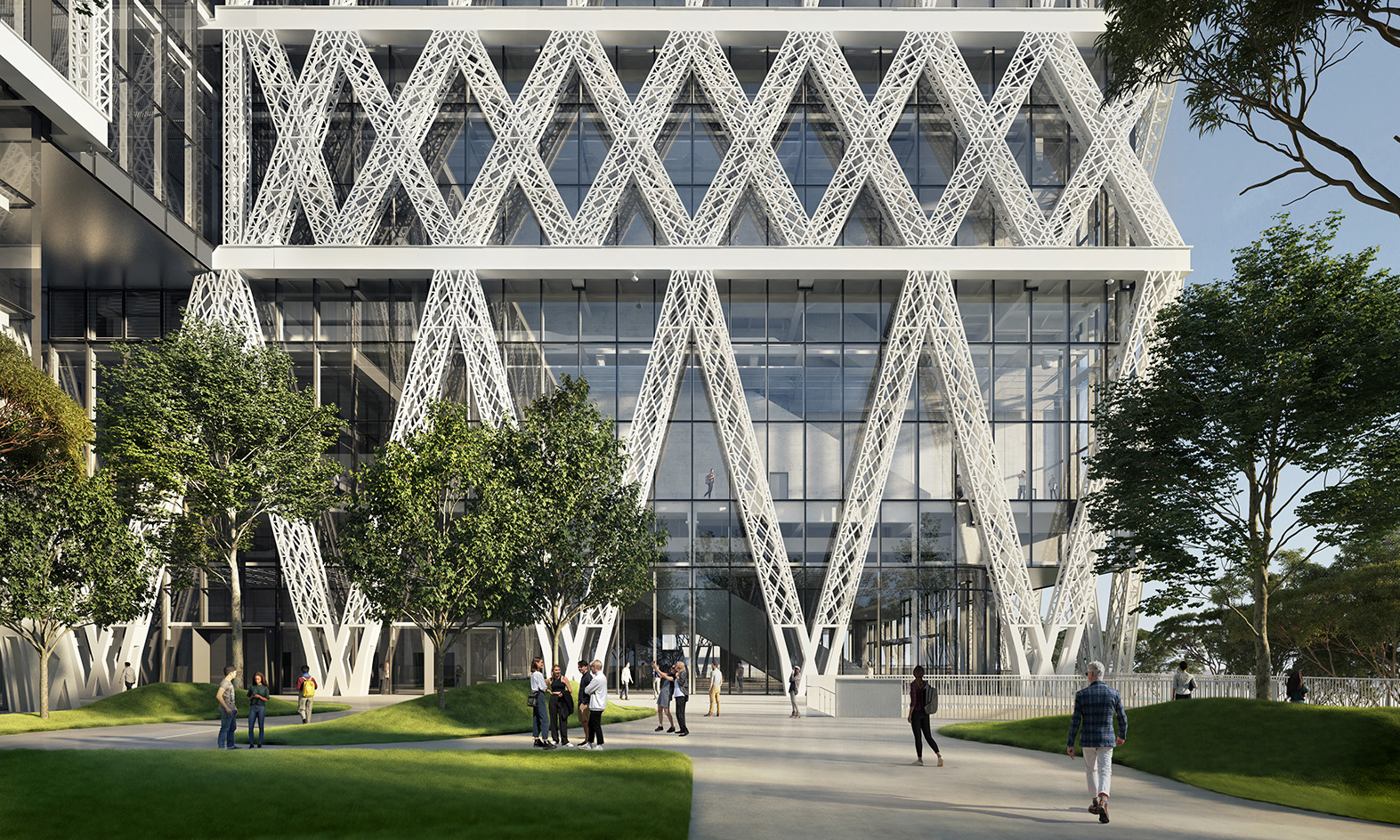
Powerhouse in Parramatta is currently Australia’s largest cultural infrastructure development since the Sydney Opera House, and it will include gallery, office and education spaces, as well as apartments to be used for artist residencies.
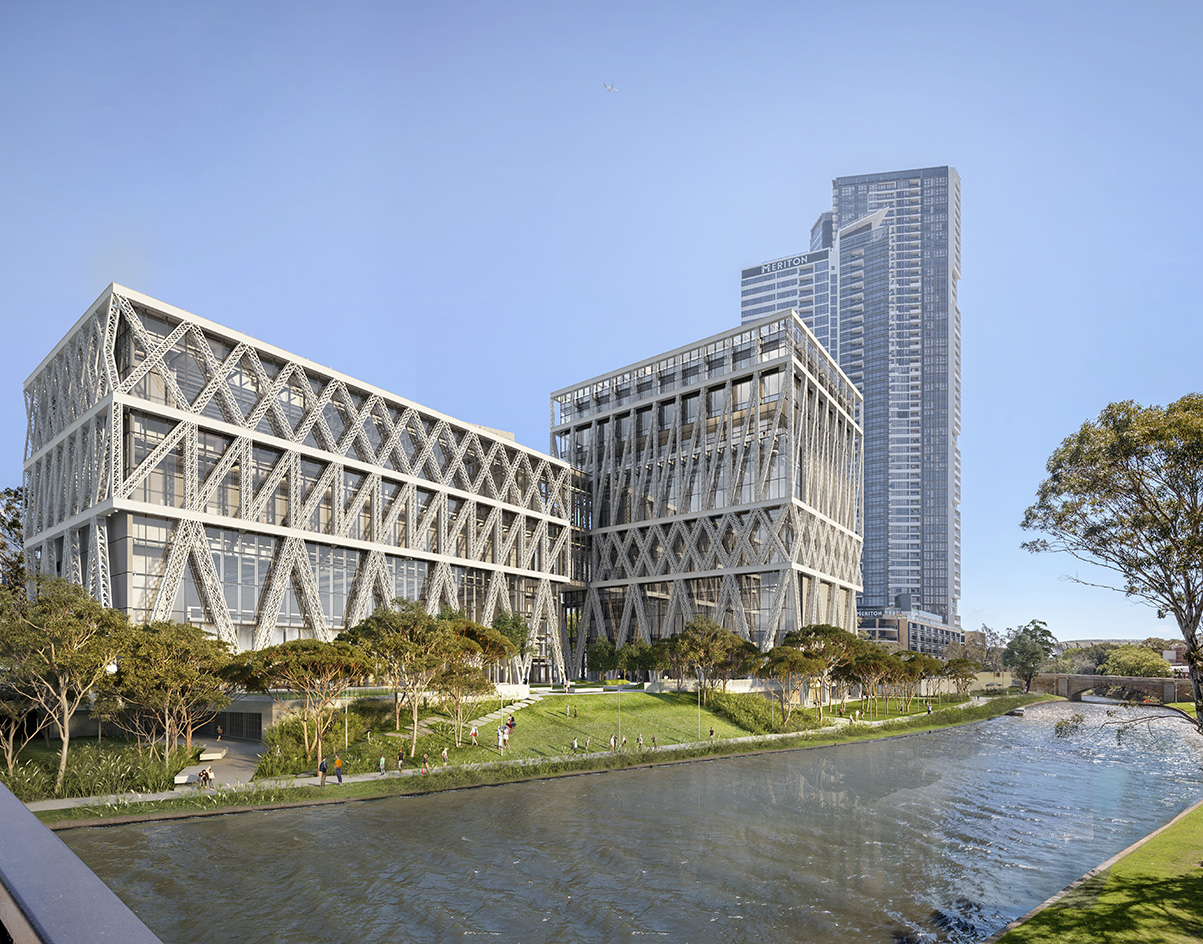
The organisation is headed by chief executive of the Powerhouse Sydney, Lisa Havilah, who oversees the project. The building is scheduled to open in 2025.
Wallpaper* Newsletter
Receive our daily digest of inspiration, escapism and design stories from around the world direct to your inbox.
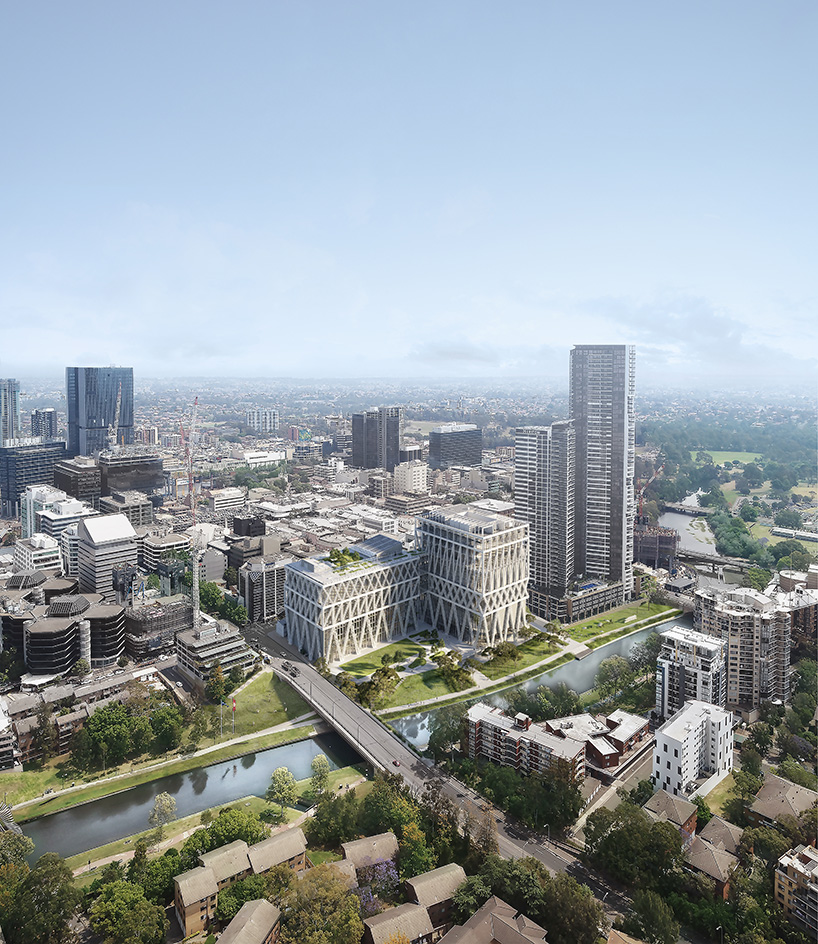
Ellie Stathaki is the Architecture & Environment Director at Wallpaper*. She trained as an architect at the Aristotle University of Thessaloniki in Greece and studied architectural history at the Bartlett in London. Now an established journalist, she has been a member of the Wallpaper* team since 2006, visiting buildings across the globe and interviewing leading architects such as Tadao Ando and Rem Koolhaas. Ellie has also taken part in judging panels, moderated events, curated shows and contributed in books, such as The Contemporary House (Thames & Hudson, 2018), Glenn Sestig Architecture Diary (2020) and House London (2022).
-
 Marylebone restaurant Nina turns up the volume on Italian dining
Marylebone restaurant Nina turns up the volume on Italian diningAt Nina, don’t expect a view of the Amalfi Coast. Do expect pasta, leopard print and industrial chic
By Sofia de la Cruz
-
 Tour the wonderful homes of ‘Casa Mexicana’, an ode to residential architecture in Mexico
Tour the wonderful homes of ‘Casa Mexicana’, an ode to residential architecture in Mexico‘Casa Mexicana’ is a new book celebrating the country’s residential architecture, highlighting its influence across the world
By Ellie Stathaki
-
 Jonathan Anderson is heading to Dior Men
Jonathan Anderson is heading to Dior MenAfter months of speculation, it has been confirmed this morning that Jonathan Anderson, who left Loewe earlier this year, is the successor to Kim Jones at Dior Men
By Jack Moss
-
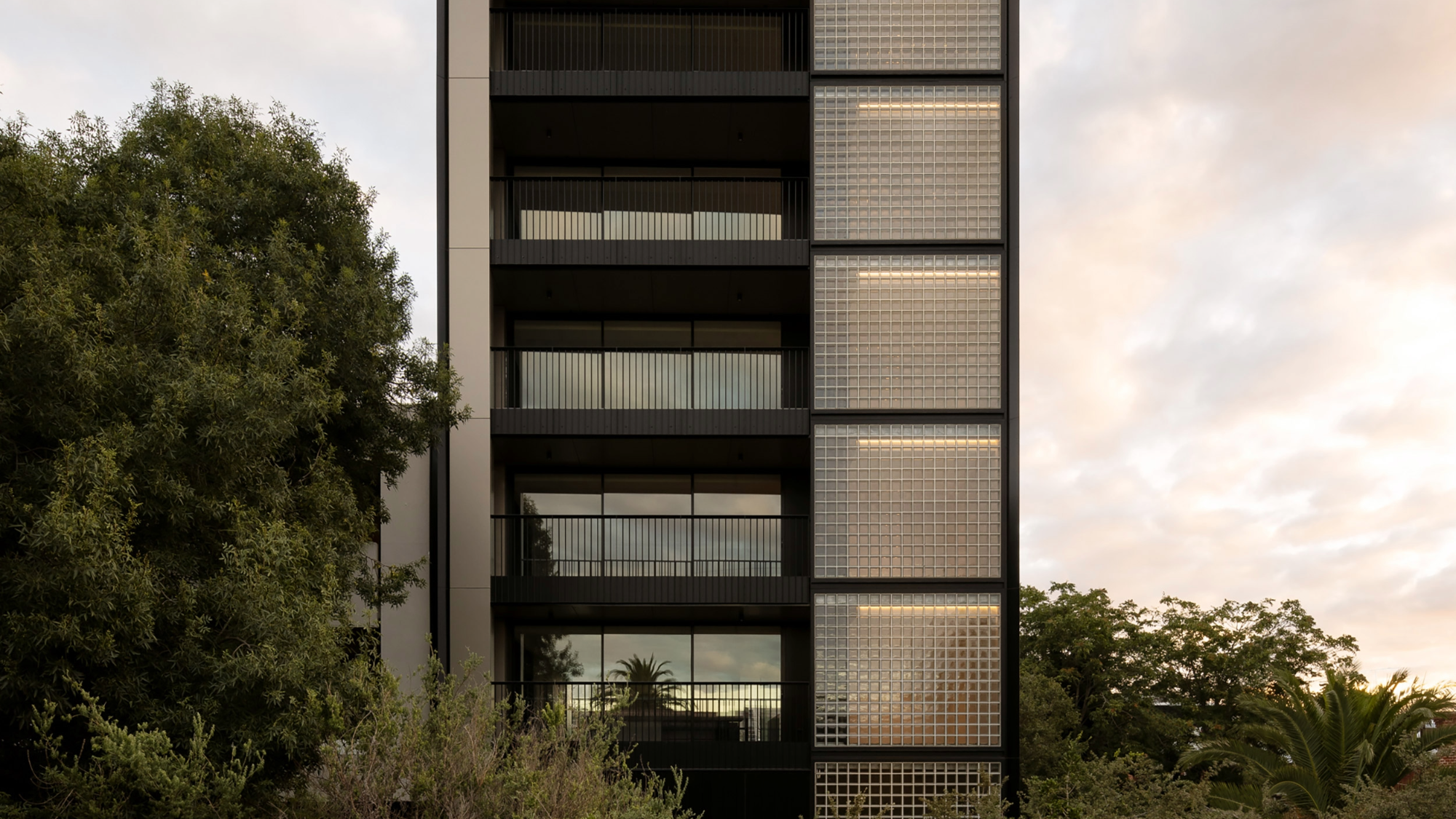 The humble glass block shines brightly again in this Melbourne apartment building
The humble glass block shines brightly again in this Melbourne apartment buildingThanks to its striking glass block panels, Splinter Society’s Newburgh Light House in Melbourne turns into a beacon of light at night
By Léa Teuscher
-
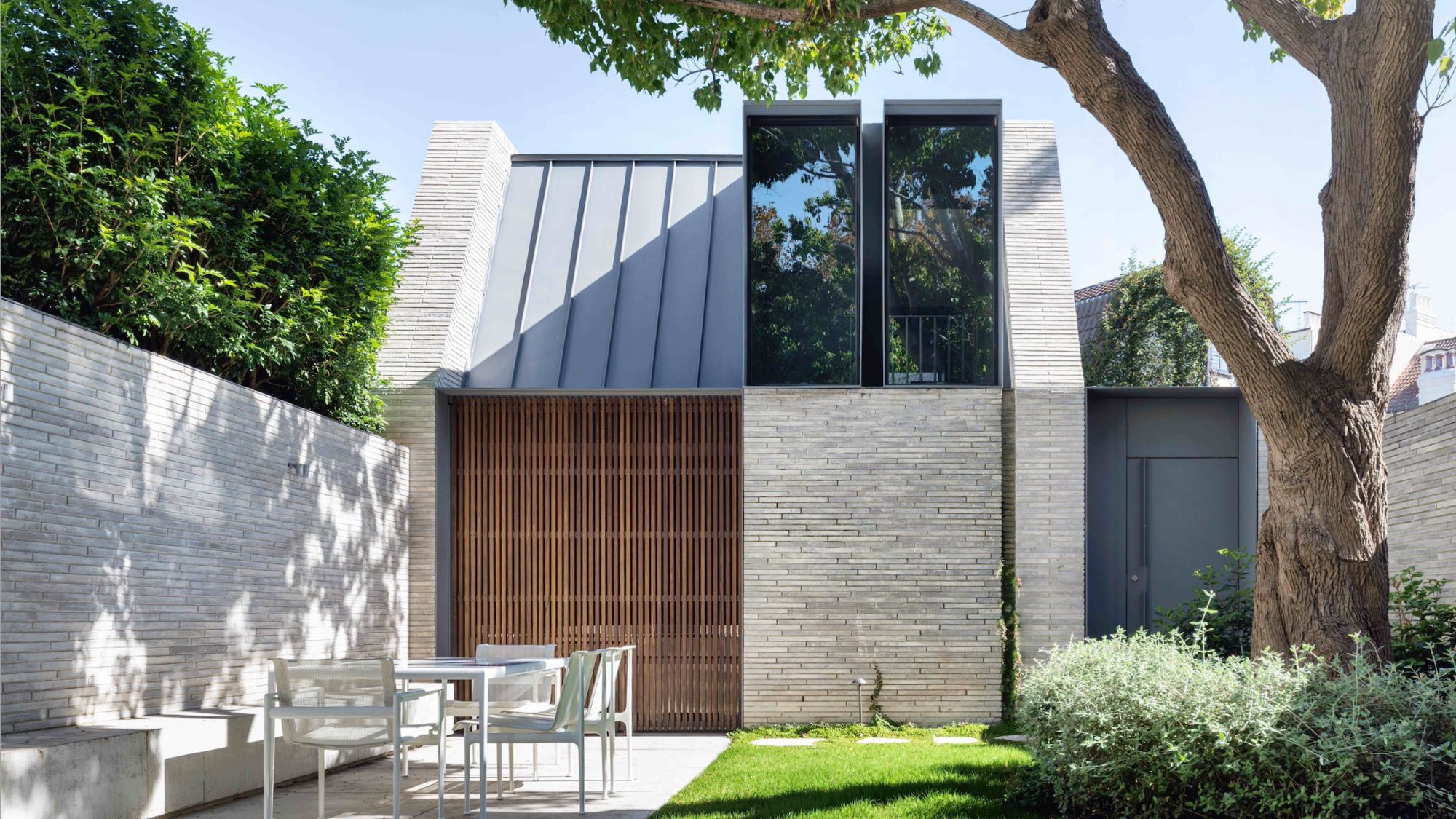 A contemporary retreat hiding in plain sight in Sydney
A contemporary retreat hiding in plain sight in SydneyThis contemporary retreat is set behind an unassuming neo-Georgian façade in the heart of Sydney’s Woollahra Village; a serene home designed by Australian practice Tobias Partners
By Léa Teuscher
-
 Join our world tour of contemporary homes across five continents
Join our world tour of contemporary homes across five continentsWe take a world tour of contemporary homes, exploring case studies of how we live; we make five stops across five continents
By Ellie Stathaki
-
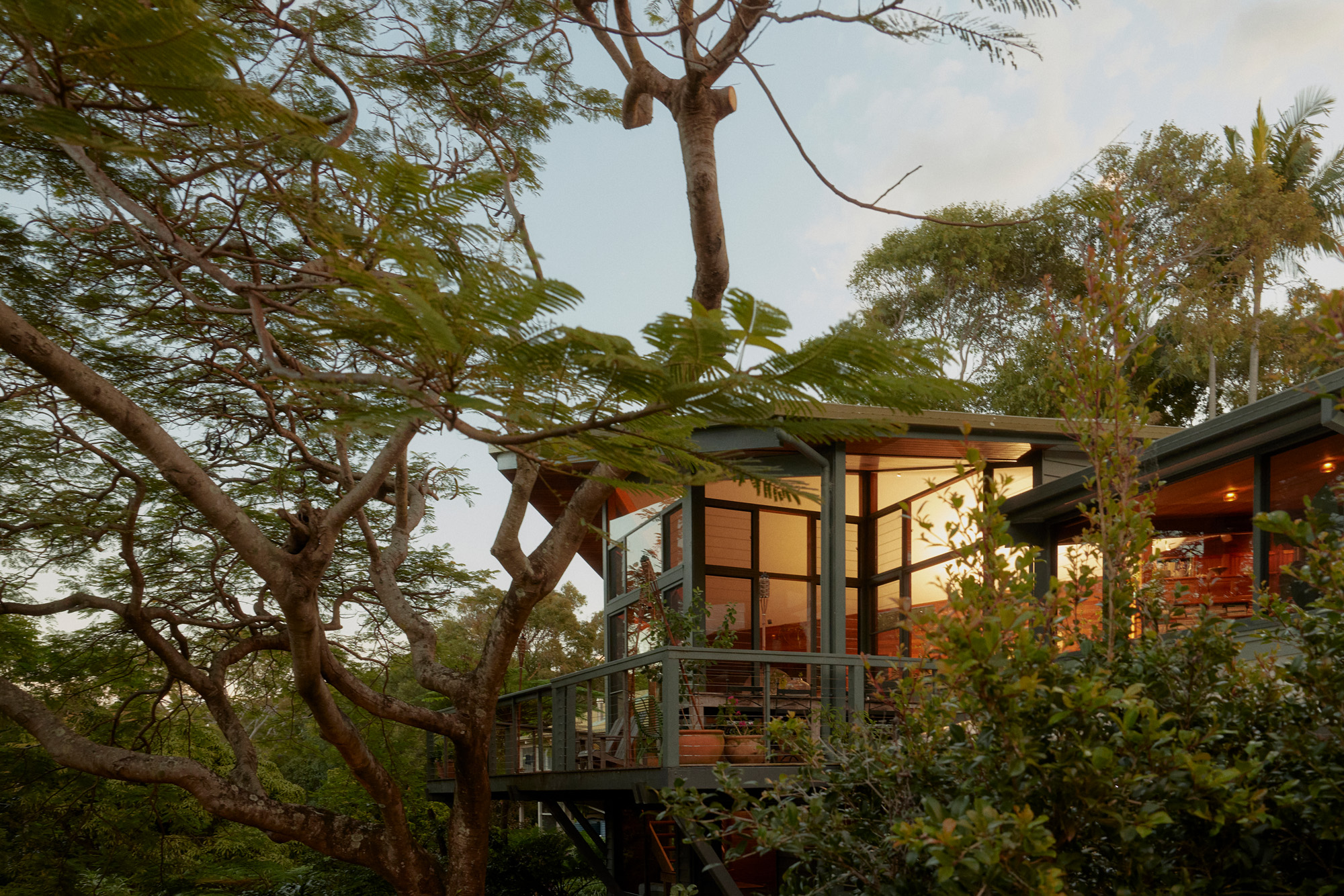 Who wouldn't want to live in this 'treehouse' in Byron Bay?
Who wouldn't want to live in this 'treehouse' in Byron Bay?A 1980s ‘treehouse’, on the edge of a national park in Byron Bay, is powered by the sun, architectural provenance and a sense of community
By Carli Philips
-
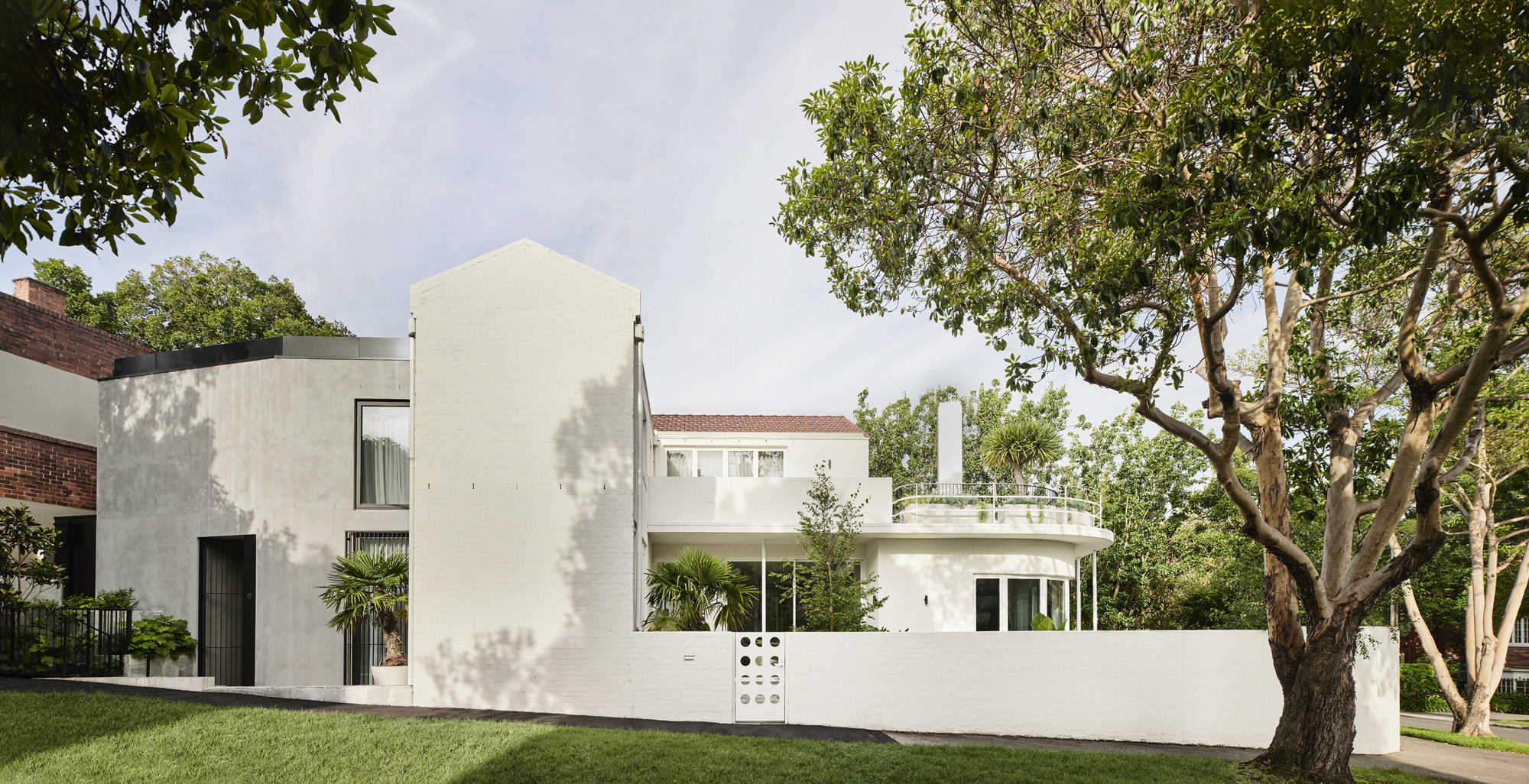 A modernist Melbourne house gets a contemporary makeover
A modernist Melbourne house gets a contemporary makeoverSilhouette House, a modernist Melbourne house, gets a contemporary makeover by architects Powell & Glenn
By Ellie Stathaki
-
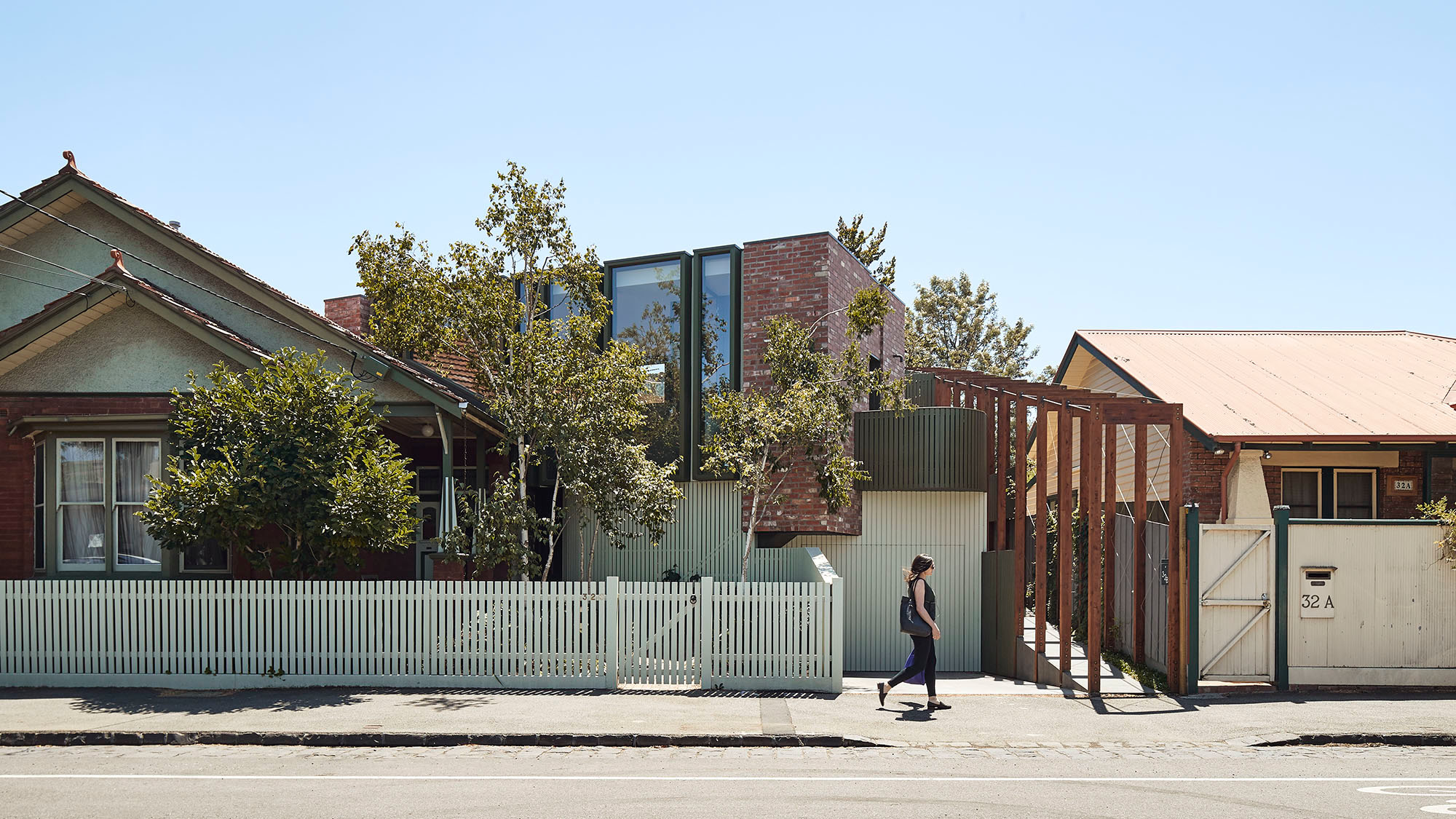 A suburban house is expanded into two striking interconnected dwellings
A suburban house is expanded into two striking interconnected dwellingsJustin Mallia’s suburban house, a residential puzzle box in Melbourne’s Clifton Hill, interlocks old and new to enhance light, space and efficiency
By Jonathan Bell
-
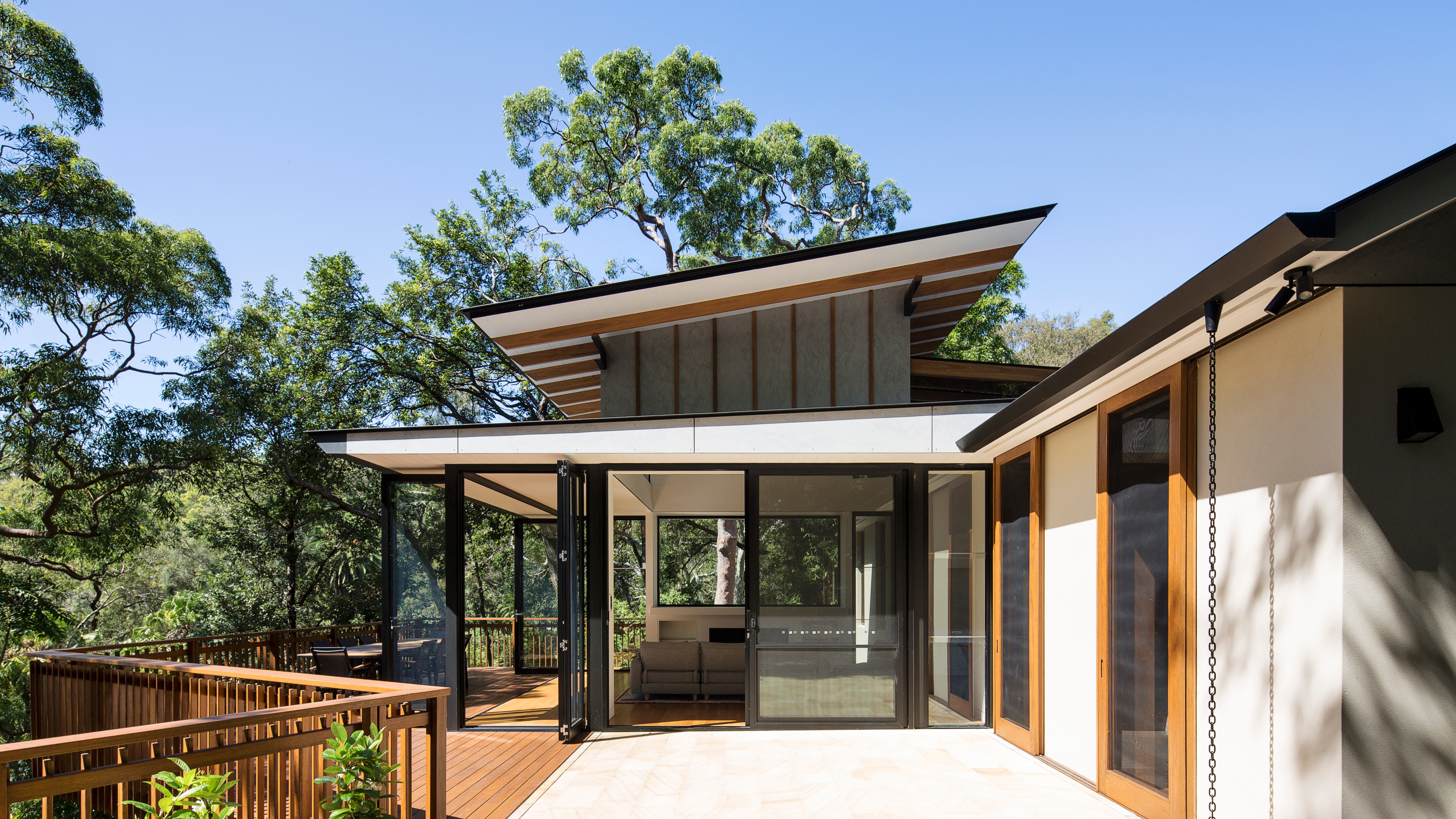 Palm Beach Tree House overhauls a cottage in Sydney’s Northern Beaches into a treetop retreat
Palm Beach Tree House overhauls a cottage in Sydney’s Northern Beaches into a treetop retreatSet above the surf, Palm Beach Tree House by Richard Coles Architecture sits in a desirable Northern Beaches suburb, creating a refined home in verdant surroundings
By Jonathan Bell
-
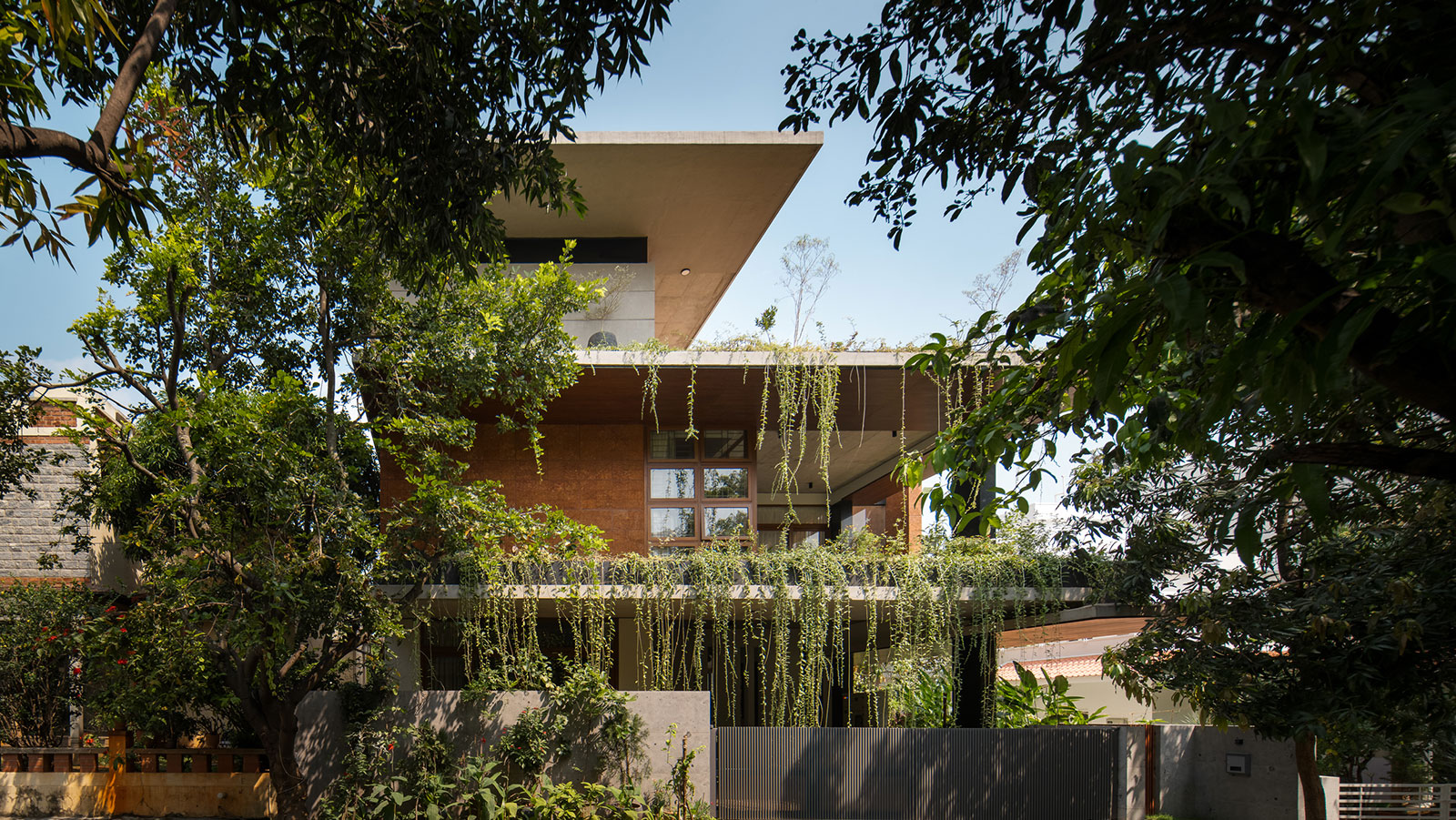 Year in review: the top 12 houses of 2024, picked by architecture director Ellie Stathaki
Year in review: the top 12 houses of 2024, picked by architecture director Ellie StathakiThe top 12 houses of 2024 comprise our finest and most read residential posts of the year, compiled by Wallpaper* architecture & environment director Ellie Stathaki
By Ellie Stathaki